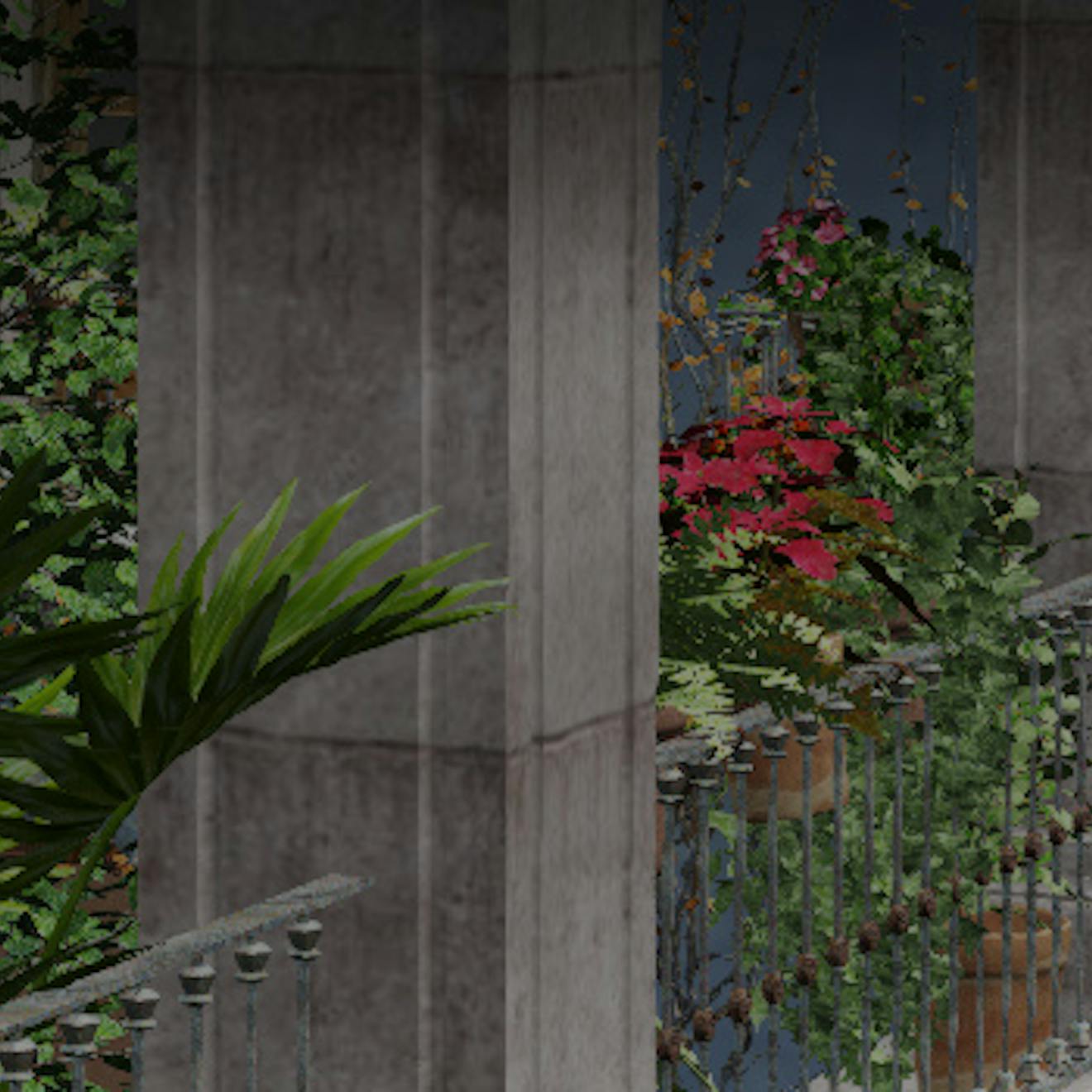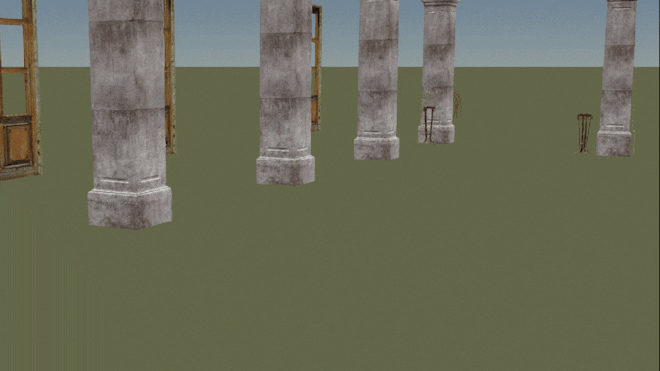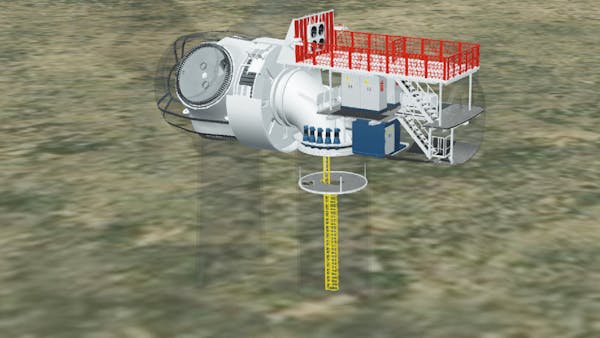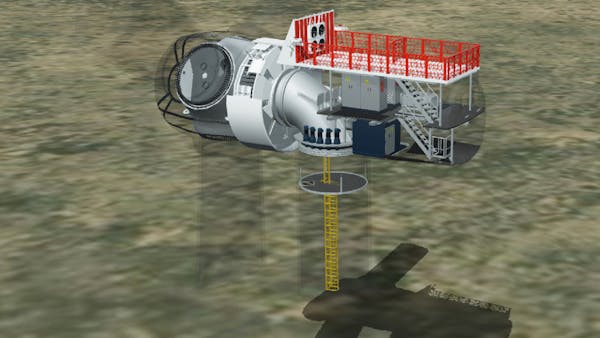High performance
Handles massive models quickly. After upload and unzipping, the classic San Miguel 3D Model, 9.96 million triangles and 536 MB in size, can be tiled on Cesium ion in under 3 minutes and creates a 135 MB 3D Tileset.

Cesium preserves every detail when tiling your 3D models. In viewers like CesiumJS and Cesium for Unreal, Cesium's tiling enables a smooth, fast experience by taking advantage of the full potential of 3D Tiles.
Handles massive models quickly. After upload and unzipping, the classic San Miguel 3D Model, 9.96 million triangles and 536 MB in size, can be tiled on Cesium ion in under 3 minutes and creates a 135 MB 3D Tileset.
Handles all types and sizes of BIM, CAD, and design models, from city-scale models that are split into many files, to engines where you can see all the details of the nuts and bolts.
Just upload your data and point your apps at Cesium ion. Also available for self-hosted deployment.
Supports open standards including COLLADA (.dae), Wavefront OBJ (.obj), and glTF (.gltf, .glb)

Based on visual importance, the walls and floor load first while the chairs and plates load last.
The tiler detects features that are visually important and prioritizes those during tiling. This prioritization ensures a meaningful representation of your data is displayed at any distance, and allows for a smoother visual experience while preserving the appearance and physical geometry of the model.
The resultant tileset includes a precise geometric error which allows viewers like CesiumJS to dynamically show the right level of detail at any given view.

Cesium preserves the materials and geometry of the design model.

Turbine CAD model courtesy of Unasys. Translucent parts represent outer geometry.

Turbine CAD model casting shadows. Tilesets are visualized using physically-based materials and lighting.

Visualize the smallest details of massive design models.
The 3D models tiler converts the materials in design models to their closest physically-based materials counterparts, which in most cases, perfectly preserves all material information. Whether the model has a handful or hundreds of unique materials, and the tiler intelligently groups geometry by material for the best performance at runtime. Using physically-based materials also means the tilesets can be dynamically lit. For example, you can see how light and shadows affect your tileset as well as other features in the scene based on the time of day.
Additionally, the tiler preserves the geometry from the source model, resulting in the most detailed geometry at each level of detail. Combining the precision of geometry with the virtual realism of physically-based materials creates a pixel-perfect experience and ensures the tiled models look as good as they did when they were designed.
Google's Draco compression is 3D topology-aware and reduces geometry sizes by up to 90% without compromising visual quality, performing better than general-purpose algorithms like Gzip.
Decoding in CesiumJS is fast with WebAssembly and decoding in parallel on the CPU and GPU.
Learn more about Draco compression in Cesium
WebP images are on average 30% smaller in size than JPEG and PNG images of the same quality—even with transparency.
WebP is the image format designed by Google for the web and is ideal for most modern browsers.
If your enterprise deployment requires the 3D Tiling Pipeline in your environment, let's talk.